How to Draw Trees Bob Ross
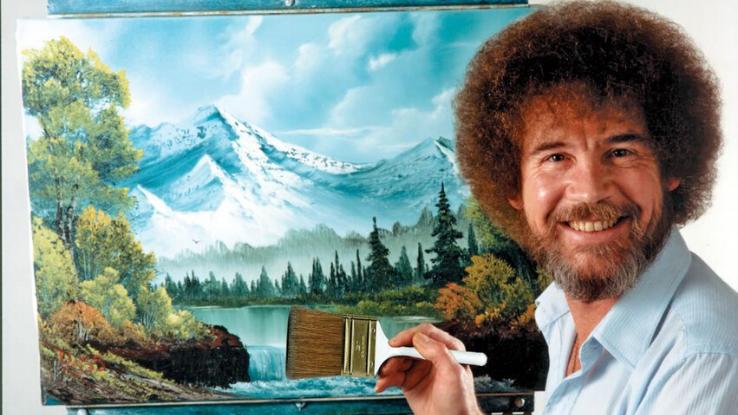
How much do you really know about Bob Ross? Recognized for his iconic afro, jeans and button-down shirt, Ross welcomed everyone to paint happy mountains and trees with him on The Joy of Painting. For more than 10 years, the calm and cheerful painter mesmerized people with his demeanor and voice. The New York Times called him "the most recognized painter since Picasso."
But what was his life like before he became an international celebrity? What happened behind the scenes on the show? Let's take a look at some colorful facts about the famous mellow painter, Bob Ross.
He Was an Air Force Master Sergeant (and Yelled A LOT)
Before Bob Ross was known for his soothing voice and gentle personality, he was a loud, ferocious officer. He joined the U.S. Air Force and became a master sergeant. Believe it or not, he ordered soldiers to scrub toilets and fix their beds. If anyone was late to work, he screamed at them.
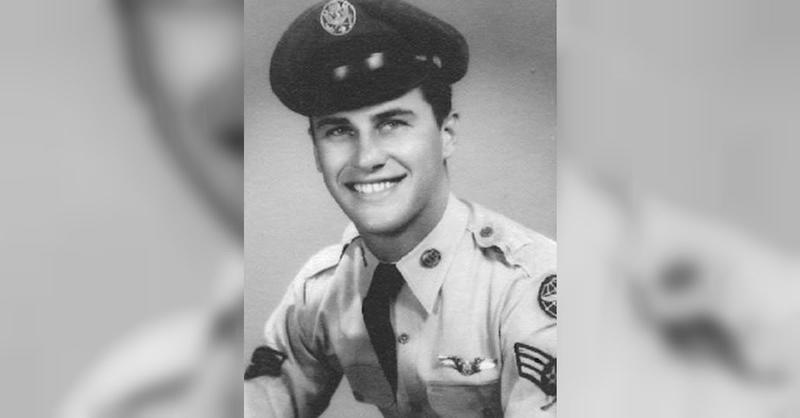
Ross said, "The job requires you to be a mean, tough person. And I was fed up with it. I promised myself that if I ever got away from it, it wasn't going to be that way anymore." After 20 years of yelling, he retired.
Ross Learned Everything He Knew From the "Happy Painter"
Bill Alexander taught people how to paint on his PBS show The Magic of Oil Painting from 1974 to 1982. Ross watched the show while working as a part-time bartender, instantly becoming a fan of the cheerful painter and his "wet-on-wet" technique.
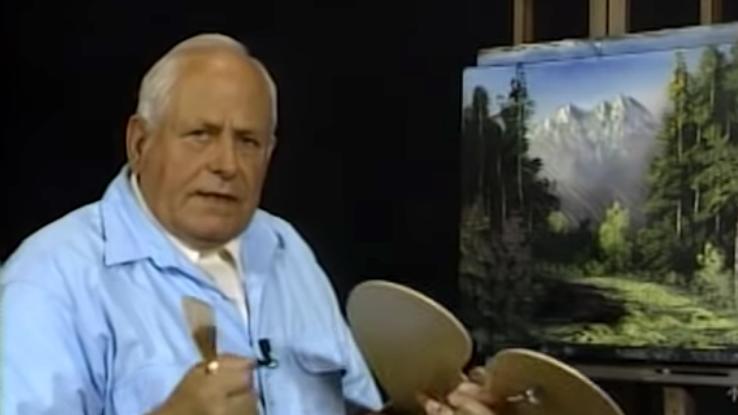
Eventually, Ross studied under Alexander and the two became friends. When Ross started his own show, he often credited Alexander, telling viewers, "Years ago, Bill taught me this fantastic technique. And I feel as though he gave me a precious gift, and I'd like to share that gift with you."
He Used Pans as Canvases
While Ross served in Alaska, he used lunch breaks to paint. He went home to eat a sandwich and let his creative juices flow. But he didn't always paint on canvases. He made beautiful landscape paintings inside gold pans.
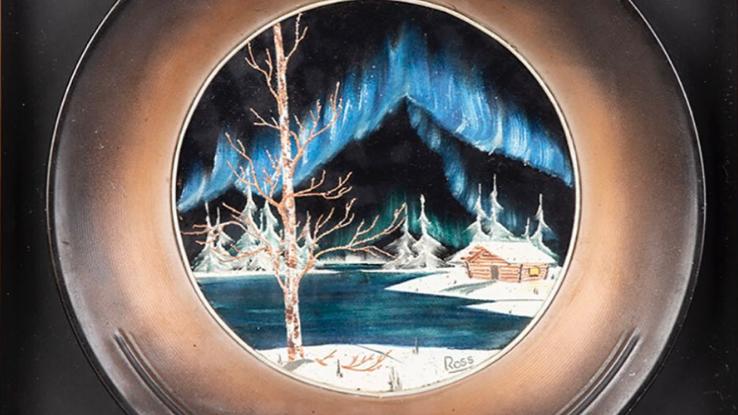
He sold each piece for $25 in the afternoon. Today, you won't get that type of deal. For instance, his pan paintings cost as much as $7,500 on eBay. The painter definitely came a long way from his early days.
His Teacher Let Ross Take Over His Painting Classes
Alexander was ready to retire in the early 1980s, but he wanted someone he trusted to lead his painting classes. As a result, he invited Ross to take over. Ross accepted, becoming a traveling salesman and painting teacher.
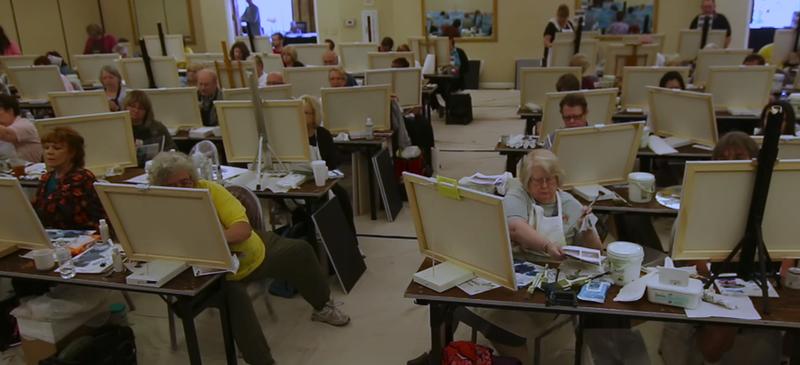
Living in a motorhome, Ross toured the country to share the wet-on-wet technique with fellow painters and fans. However, his wife Jane was worried he wouldn't earn enough money. Ross said he'd work for a year and if it didn't pan out, he'd come back home to Alaska.
One of His Students Made Him Famous
Annette Kowalski is known as the woman who made Ross famous. After becoming a fan of The Magic of Oil Painting, she attended Alexander's classes. However, she (and the rest of the students) found Ross leading the class instead.
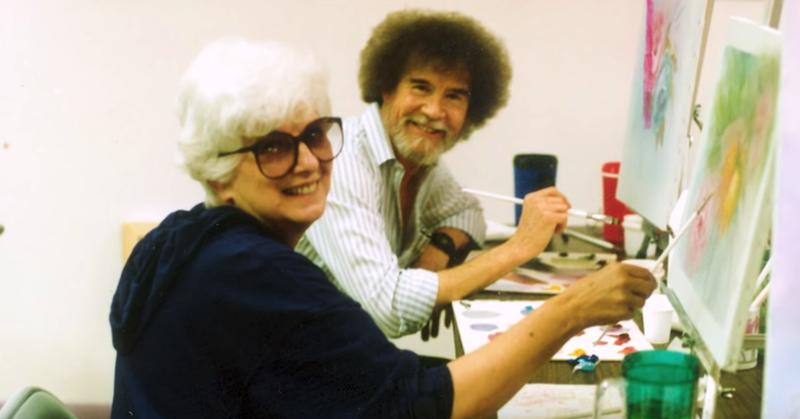
His positive, calming personality immediately captivated the students, especially Kowalski. She made a bargain with Ross, became his manager and helped him land a new job as the host of a new PBS show, The Joy of Painting.
Ross Got the Signature Perm Because He Was Broke
Before Ross became the famous painter that the world recognized, he was a side hustler with short hair. That's right. He didn't always have big hair. He also didn't earn a lot of money from his jobs. As a result, he learned to stretch every dollar.
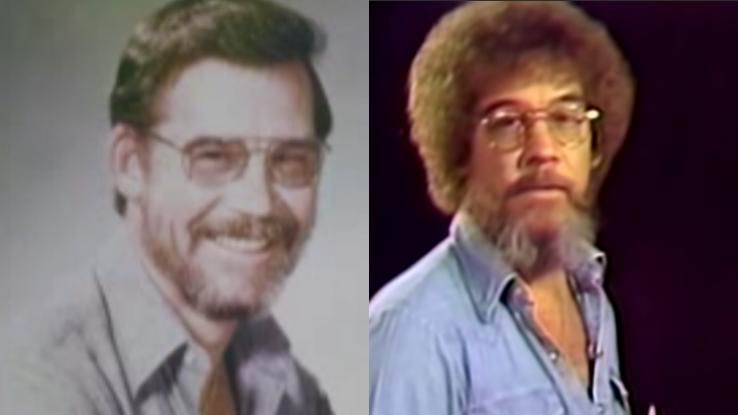
While hitting the road for his own business, Ross realized he needed to save money on haircuts because crewcuts were expensive. Thus, his iconic hairdo was created. He let his hair grow and got his locks permed. The perm was here to stay.
He Hated That Iconic Afro
Ross kept the perm for the rest of his life. However, he reportedly disliked the hairdo after getting it. He wanted to change his hairstyle but didn't want to hurt his brand. Ross with big hair was the logo on his art supplies line.
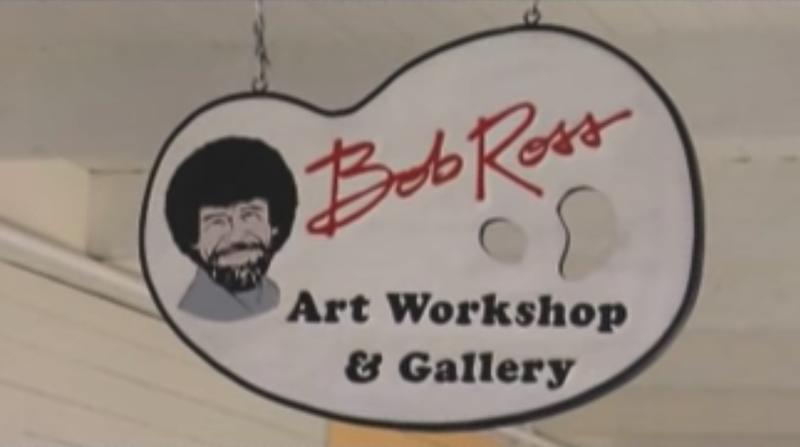
As a result, he maintained the signature perm for the Bob Ross collection of paints and brushes. He always prioritized business. However, he wasn't happy that he could never chop his hair. Can you imagine how different his brand would have been if he did cut it?
He Never Got Paid for His TV Series
From 1983 to 1994, The Joy of Painting aired on PBS. Ross must've earned sacks of cash for years on the show, right? Nope. Ross actually worked for PBS for free. His profits came from his art supply store, Bob Ross Inc.
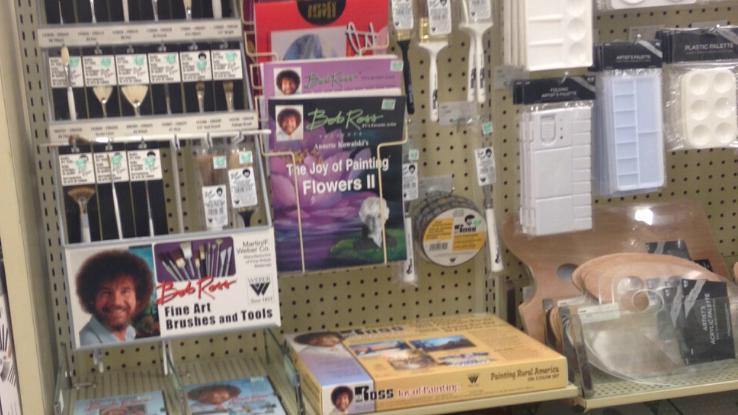
The store sold all types of art supplies, tutorial videotapes and books while offering painting classes with art instructors who toured the world. Advertising for the company was a piece of cake thanks to The Joy of Painting's international popularity.
He Shot an Entire Season in Less Than a Week
It didn't take Ross that much time to record a whole season of The Joy of Painting. In fact, he could film 13 episodes in just two days. His quick painting skills allowed him to knock out episode after episode.
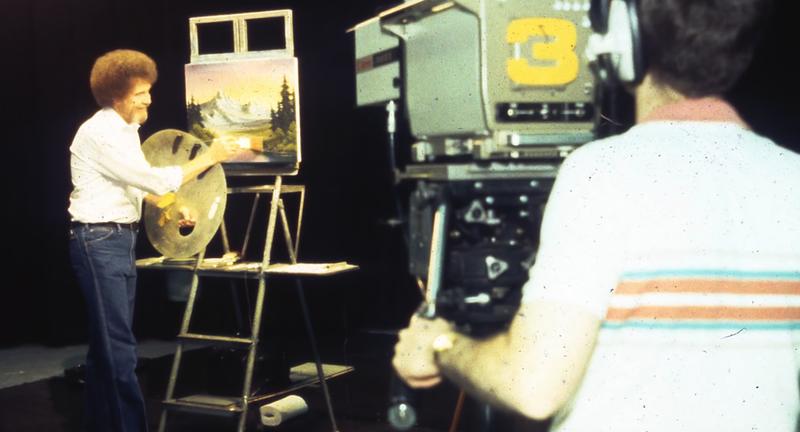
Ross created a total of 403 episodes of The Joy of Painting, which is more episodes than Murder She Wrote (with 264 episodes) and Grey's Anatomy (with 327 episodes). The painter spent his free time teaching classes for his company, where his income actually came from.
Ross Gained Worldwide Fame, Especially in Japan
Almost 95% of U.S. public television stations carried The Joy of Painting. As a result, the program reached viewers in more than 93.5 million homes across the nation. The show was also a huge success in other countries.
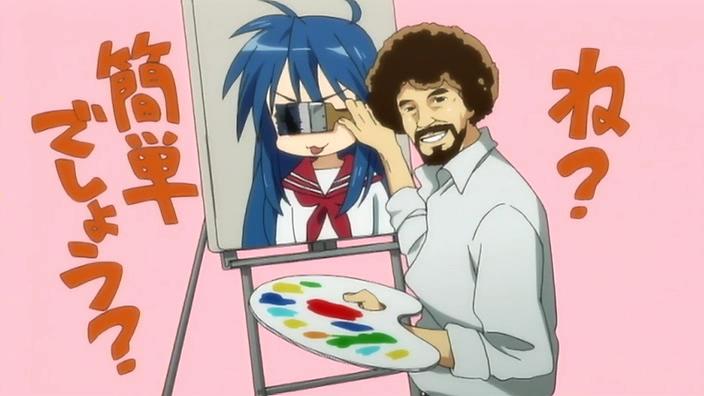
The United Kingdom, Germany, Belgium, Switzerland, South Korea and Turkey also aired the show. Some fans may argue that Japan loved The Joy of Painting the most. The country ran the show twice a day. When Ross visited the country, a massive group of fans reportedly swarmed him.
Fellow Artists Weren't Fans
Fans worldwide loved to watch Ross paint and listen to his gentle, positive messages. However, fame and success come with hate. Other artists had plenty of cruel things to say about Ross. Sculptor Keith Frank said, "It is formulaic and thoughtless. Art as therapy."

Abstract Expressionist Richard Pousette-Dart didn't even consider Ross an artist. Pousette-Dart attacked Ross and his fans, saying, "I am horrified by art instruction on television. It's terrible—bad, bad, bad. They are just commercial exploiters, non-artists teaching other non-artists." The haters didn't stop Ross from doing what he loved, and fans admired him even more for that.
He Made Fans Feel Like They Could Do the Impossible
Ross believed people could do anything, especially paint. A fan once told Ross that he could never paint because he was colorblind. In response, Ross dedicated an episode to his fan and painted only in shades of gray. He showed his fan and viewers that anyone can create a masterpiece with any color.
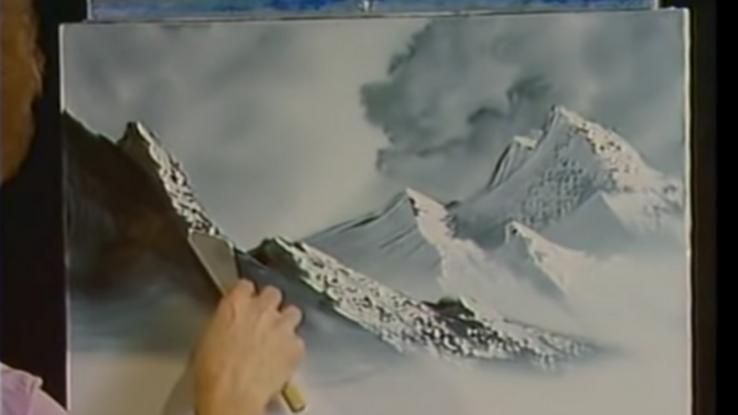
Besides that heartwarming episode, Ross always cheered his fans on with messages like, "You can do anything you want to do. This is your world," and "Didn't you know you had that much power? You can move mountains. You can do anything."
Ross' Mentor Didn't Appreciate His Success
Fellow artists weren't the only ones who had a problem with Ross. In fact, his mentor Alexander wasn't happy for Ross' success. Alexander accused Ross of betraying him, telling The New York Times, "I invented 'wet on wet.' I trained him and he is copying me—what bothers me is not just that he betrayed me, but that he thinks he can do it better."
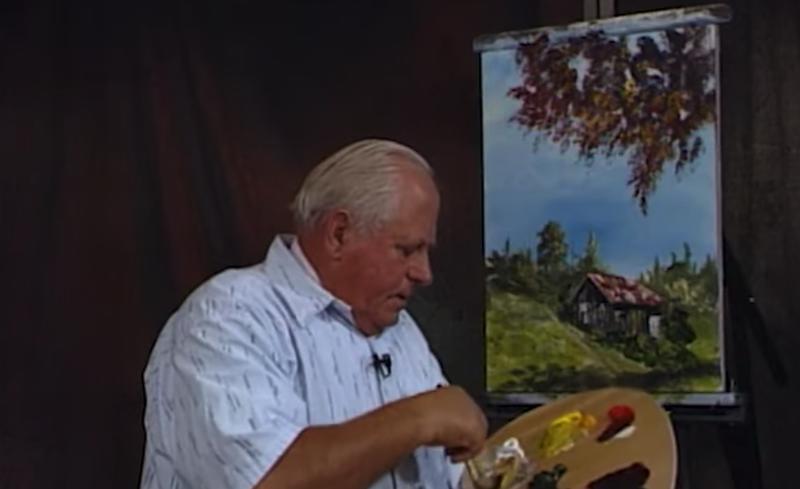
Ross performed the same technique as Alexander, but Ross often credited him on The Joy of Painting. Also, art historians have proved that "wet-on-wet" has been used since the 15th century by artists like Diego Velázquez, Paul Cézanne and Claude Monet.
His "Happy" Comments Were Well Thought Out
Ross' friendly, conversational personality was part of his legacy, but many of his remarks weren't random. Staying up all night, Ross planned what he was going to say in every episode — down to the very last word. He thought about everything he was going to do as well.
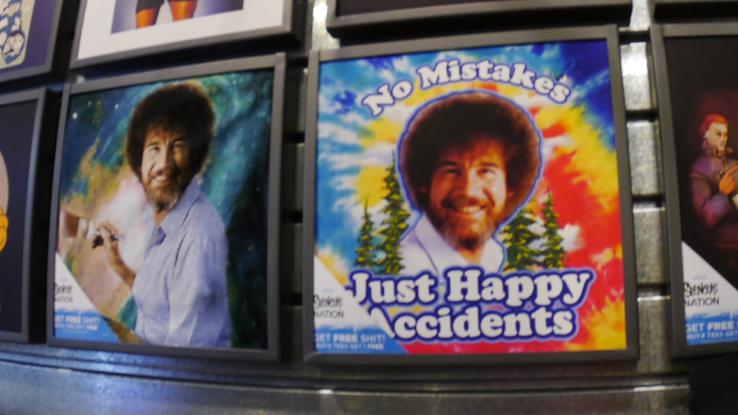
He gave viewers quotable comments like, "We want happy paintings. Happy paintings. If you want sad things, watch the news." Ross also said, "We don't make mistakes; we just have happy accidents."
He Lost Part of His Finger
Ross was a talented painter, making beautiful works of art using his hands. Believe it or not, he was missing part of his left index finger. It's easy to miss because he used his left hand to hold his palette on the show.
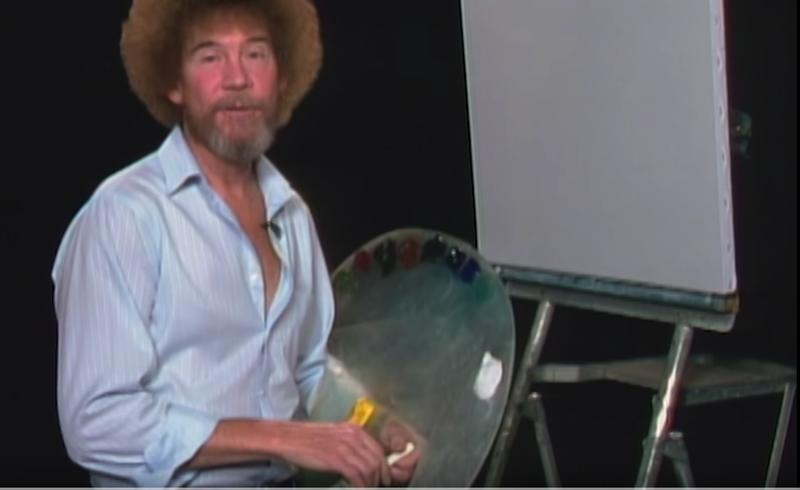
He lost his left finger in a woodworking accident when he was in ninth grade. After dropping out of school, Ross worked as a carpenter with his father. However, his loss didn't stop him from becoming an extraordinary painter.
He Didn't Paint People on Purpose
Trees and wildlife often filled up Ross' paintings. However, there was one living creature he rarely included in his work: people. In fact, he intentionally left humans out of his paintings. Many fans requested landscapes and nature scenes.
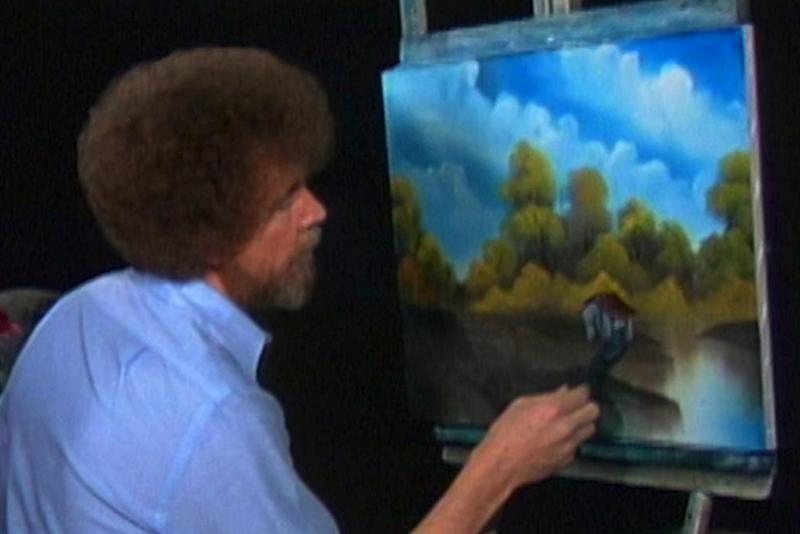
In response, Ross focused on what his fans wanted. Kowalski noticed that Ross made sure to limit as many signs of a person as possible. For instance, when he drew cabins, he didn't put chimneys on them because "chimneys represented people."
He Was a Wildlife Whisperer
The painter befriended many animals. His love for creatures actually started at a very young age. In fact, his mom caught him in the bathroom tending to an alligator. Yikes! However, The Joy of Painting frequently featured adorable little animals, including raccoons, owls, deer and squirrels.
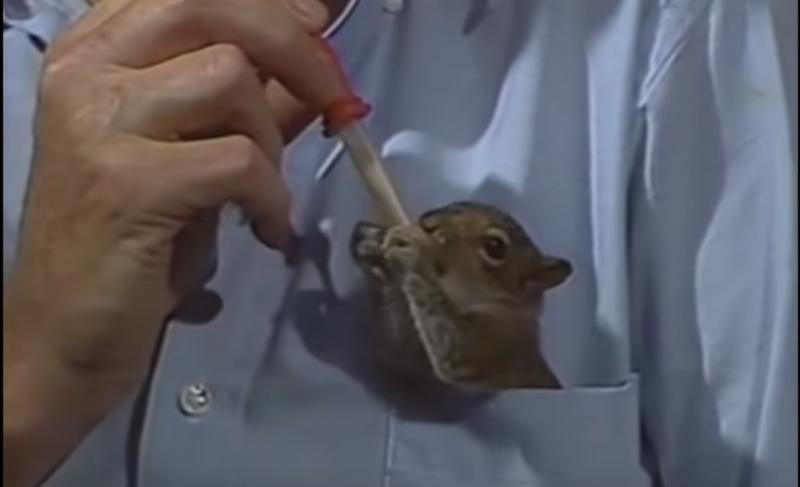
While Ross painted, a tiny squirrel named Peapod sat in his pocket. He took care of his squirrel friend, nourishing it with food and water. Sometimes, the critter and a buddy ran around Ross' shoulders on the show.
Most Viewers Didn't Paint With Him
The Joy of Painting was a popular series that encouraged people to paint along with Ross. However, most fans didn't watch it with hopes of becoming the next Bob Ross. Only 10% of viewers were actually engaged in painting with him.
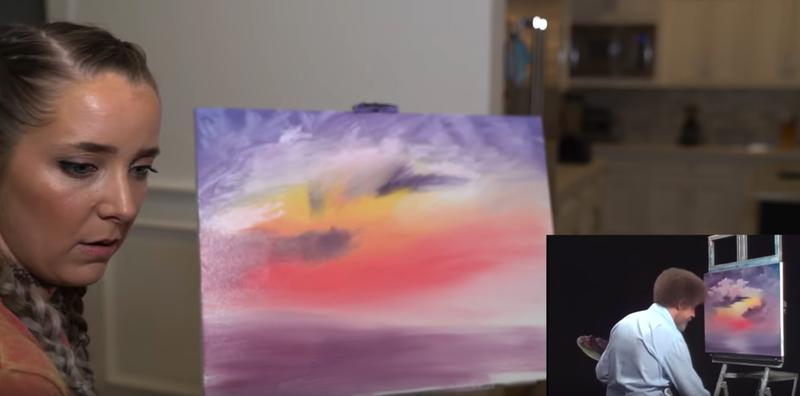
What were the other 90% of fans doing? Many viewers turned on the TV series just to watch Ross paint and listen to his mesmerizing voice. Ross painting was compelling enough to watch over and over again.
Trees Were His Top "Friends"
Ross was crazy about trees, which were popular details in his work. According to a poll site called FiveThirtyEight, almost 91% of Ross' art on The Joy of Painting featured a tree. If there was one "happy little tree," he most likely painted another because everyone needs a "friend."
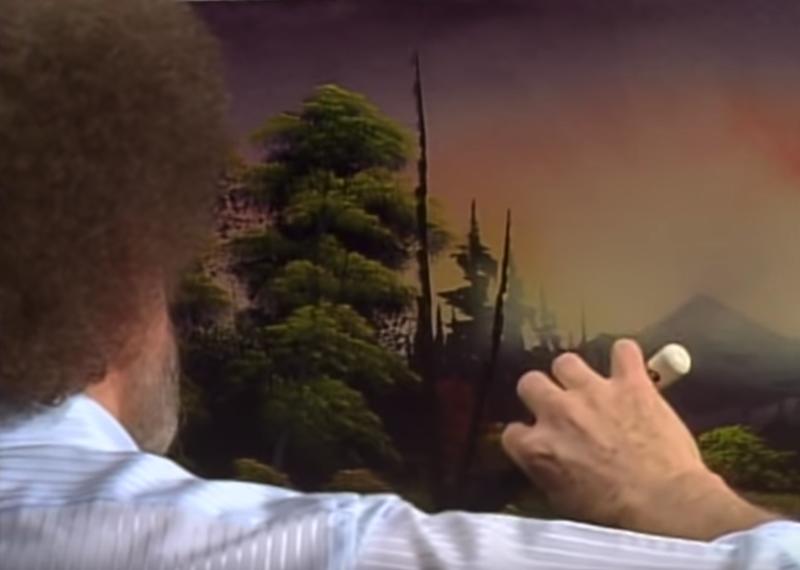
He encouraged viewers to converse with the tree and befriend it. "There's nothing wrong with having a tree as a friend," cheered Ross. The happy painter also included many mountains in his work. Other common elements were bridges and cabins.
Nintendo Planned to Make Bob Ross Games
At one point, Nintendo was working on a video game series based on The Joy of Painting. Many people believed it was an April Fools' joke, but it was true! The idea was to release games on Wii, the Nintendo DS and PC.

Sadly, the project ran into problems and never came to fruition. Although fans never received a video game, they can get their hands on a board game called Bob Ross: The Art of Chill. Target released and sold it.
He's the Autonomous Sensory Meridian Response "Godfather"
Today, Ross is considered an ASMR king. According to Dictionary.com, ASMR "is a calming, pleasurable feeling often accompanied by a tingling sensation." It can be triggered in different ways, such as by physical touch or sounds.
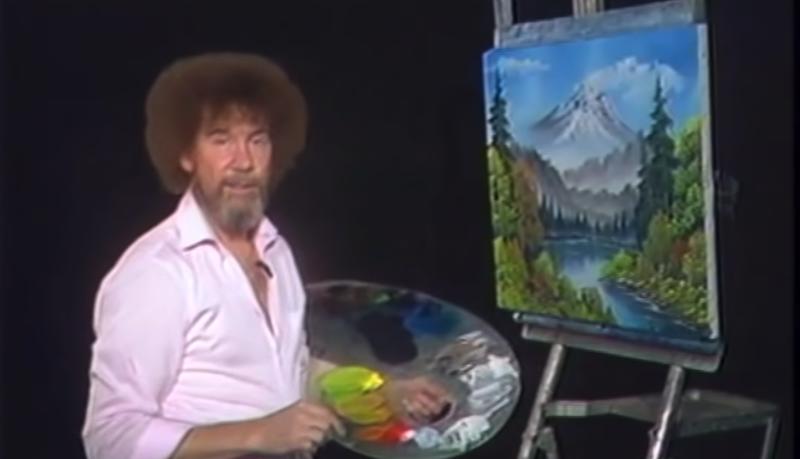
The most common triggers are whispers, tapping and getting attention. On Reddit, the ASMR subreddit regularly lists "Bob Ross" as a trigger. His soft voice and brushstrokes cause a euphoric experience for millions of ASMR seekers. The non-clinical term was coined in 2010, but many fans believe Ross was widely appealing in the past for ASMR reasons.
Ross Knew His Show Made People Fall Asleep
Are you suffering from insomnia? No problem; just tune into The Joy of Painting and you may hit the sack faster. It wasn't unusual for fans to admit to Ross that the show put them to sleep. Ross wasn't surprised by their comments.

According to Kowalski, the painter expected this would happen. Some fans thought their confessions were embarrassing, but Ross didn't feel the same way. In fact, he loved it because his show helped people relax and sleep better. One app called Calm lets users hear short stories told by Ross so that they can fall asleep ASAP.
He Didn't Sell His Artwork From the Show
Ross' income came from the services and products sold by Bob Ross Inc. He didn't sell his paintings from The Joy of Painting to make a profit. According to Ross, many people asked, "If that's the case, what happened to the paintings?"
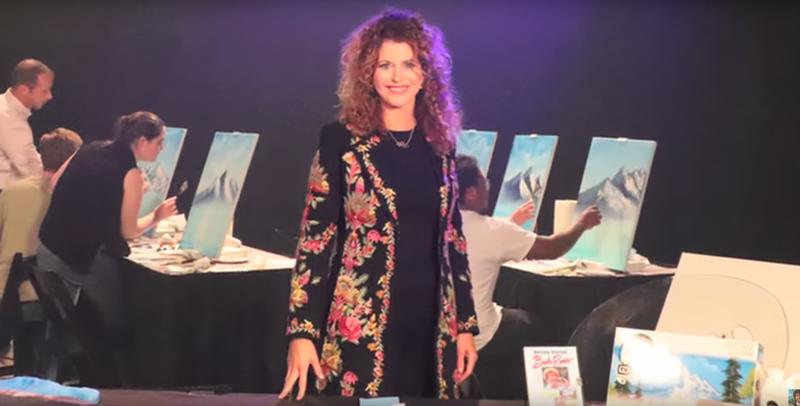
Ross was a very generous businessman. In fact, he donated many of them to PBS and charity. PBS stations across the country auctioned the masterpieces for fundraisers. He told people if they wanted one, they should contact PBS.
13 Stolen Paintings Were Found on the Black Market
Although Ross didn't seek to make a profit from his paintings, other people tried to sell his work. As a matter of fact, more than a dozen of his paintings were found on the black market. How did these works of art get there?
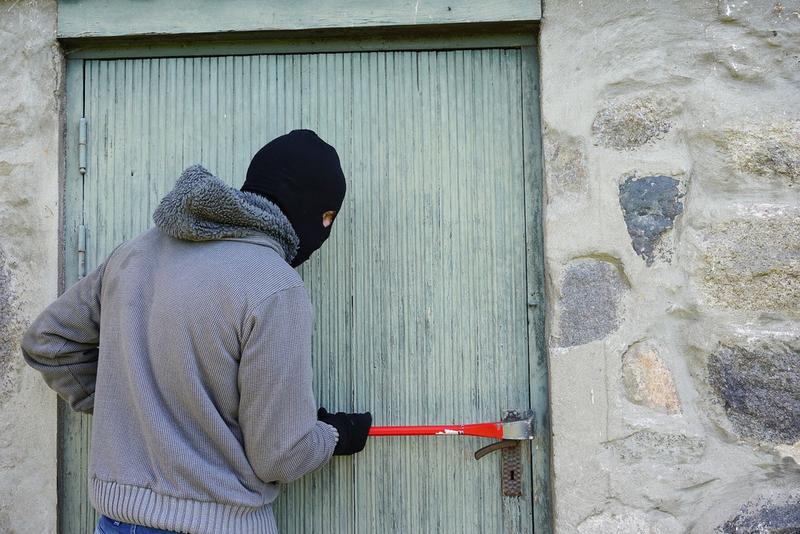
Before the pieces hit the black market, they were stolen from Ross. During the show's second season, a thief broke into Ross' van and took 13 paintings. So it's not unusual to find one of his works for sale.
He Made More Than 30,000 Paintings
If Ross filmed 403 episodes of The Joy of Painting, he must have 403 paintings, right? Not quite. Ross actually created three of the same painting for each episode. The first was used as a reference and the second was painted while filming.
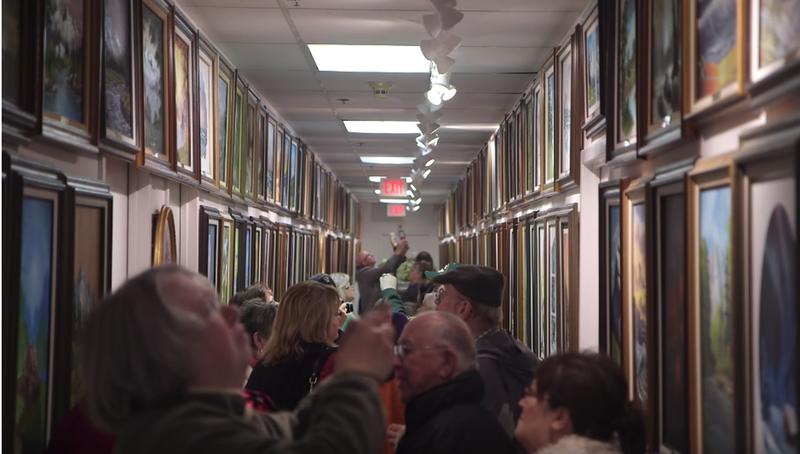
The third? It was added to his tutorial books. Also, Ross started painting when he was 18 years old. As a result, he made over 30,000 paintings in his lifetime.
Holland Made a Bob Ross-inspired Radio Show
It was clear that watching a man paint on TV was appealing to viewers. But what about listening to a man paint on the radio? Ross' massive success on PBS inspired Holland to make its own version into a radio show.
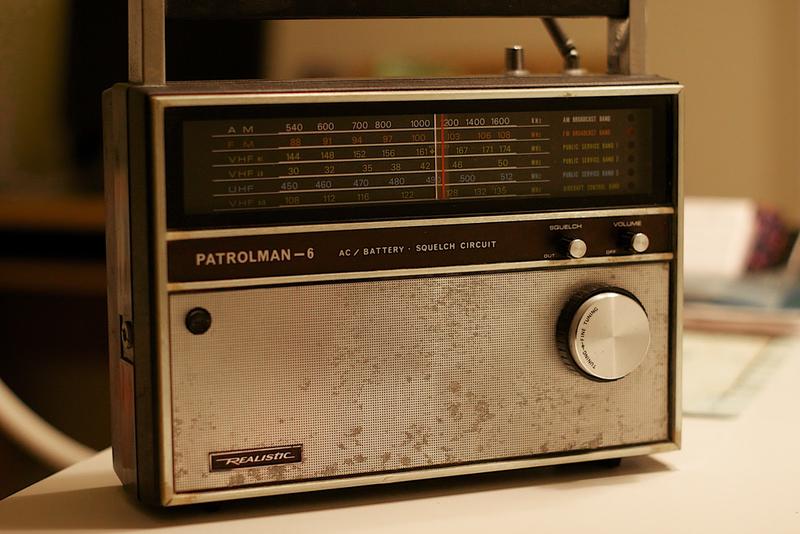
The program didn't feature Ross but had another artist who was "Bob Ross-certified" in the wet-on-wet technique. There was also a D.J. playing hit tunes and asking the painter about his progress on his mountains, landscapes and happy little trees.
He Was Secretive
Although Ross reached international fame, he was rarely asked for interviews. That didn't bother him because he liked living in privacy. Some of his interviews were with his close friends and family. Even now, Bob Ross Inc. is known to protect his intellectual property and privacy.
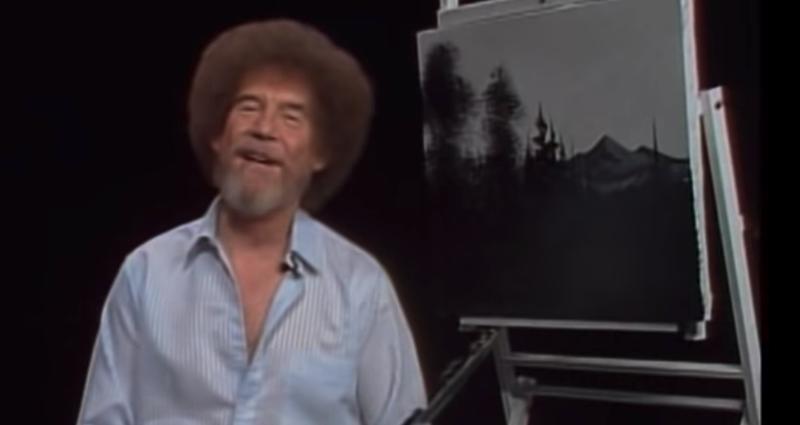
He also kept his diagnosis of lymphoma a secret from the public. Only his circle of friends and family knew about his health condition. Towards the end of The Joy of Painting, Ross wore a wig to maintain his appearance after losing his hair from chemotherapy. The public didn't find out until after his death.
His Son Is Also a Talented Ross-certified Painter
The painting gene runs in the family. Ross' son Steve made a few guest appearances on The Joy of Painting. He also took over some episodes for his dad. Why not? Steve was a Ross-certified instructor, after all.
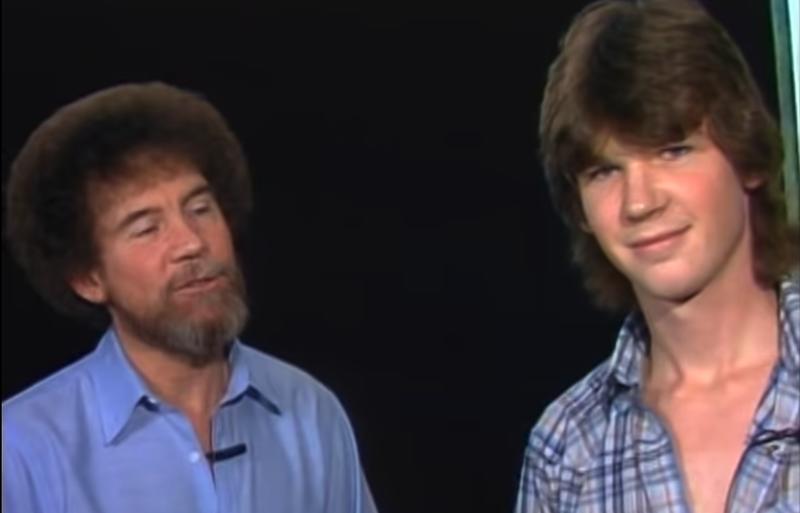
While Ross loved painting happy little trees, his son enjoyed creating happy little lakes. Ross recalled, "I taught my son to paint mountains like these, and guess what? Now he paints the best darn mountains in the industry."
After Death, He Made a Comeback as a 21st-century Pop Culture Celeb
It's no surprise that Ross is still powerful and popular, even after death. Fans fell in love with his kindness and talent all over again on Twitch. In 2015, Twitch live-streamed The Joy of Painting for a week and drew in 5.6 million viewers.
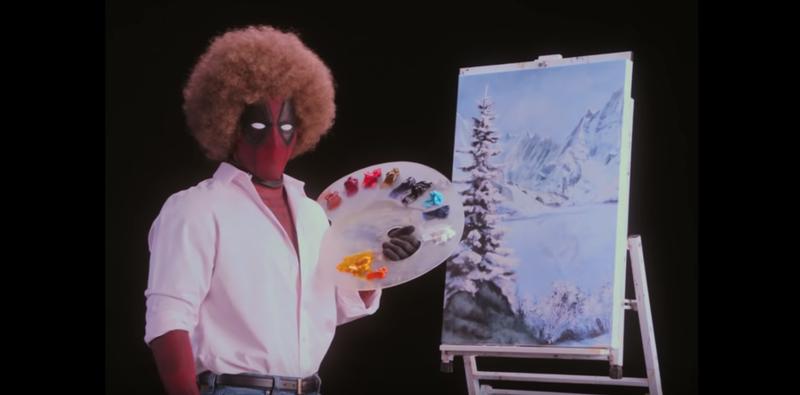
Fans watch him on YouTube and other platforms as well. A year after its creation, Ross' YouTube channel gained more than one million subscribers. His image is also parodied in shows and films, such as Family Guy, The Boondocks and Deadpool 2.
See His Work Across Platforms and the Country
Are you interested in seeing Ross' finished masterpieces? Fortunately, you can find all 403 paintings on the website Two Inch Brush — named after Ross' favorite paintbrush. The site is an unofficial archive for The Joy of Painting.
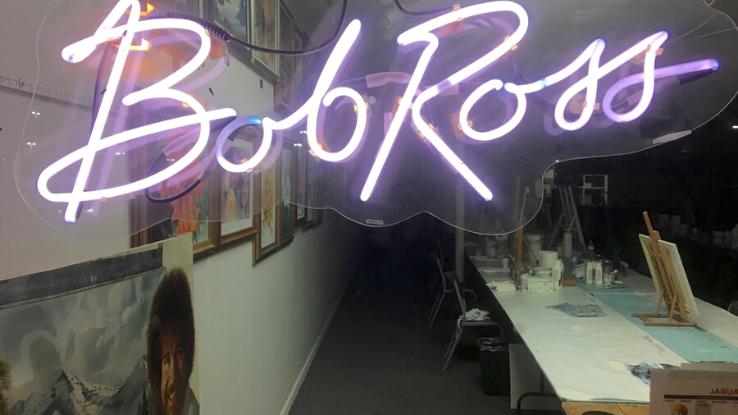
Want to see his real work in person? Take a trip to New Smyrna Beach, Florida — home to the Bob Ross Art Workshop & Gallery. PBS donated more than 300 original art pieces to the gallery. The destination also offers art classes on the wet-on-wet technique.
Source: https://www.smarter.com/people/bob-ross-facts-painter?utm_content=params%3Ao%3D740011%26ad%3DdirN%26qo%3DserpIndex